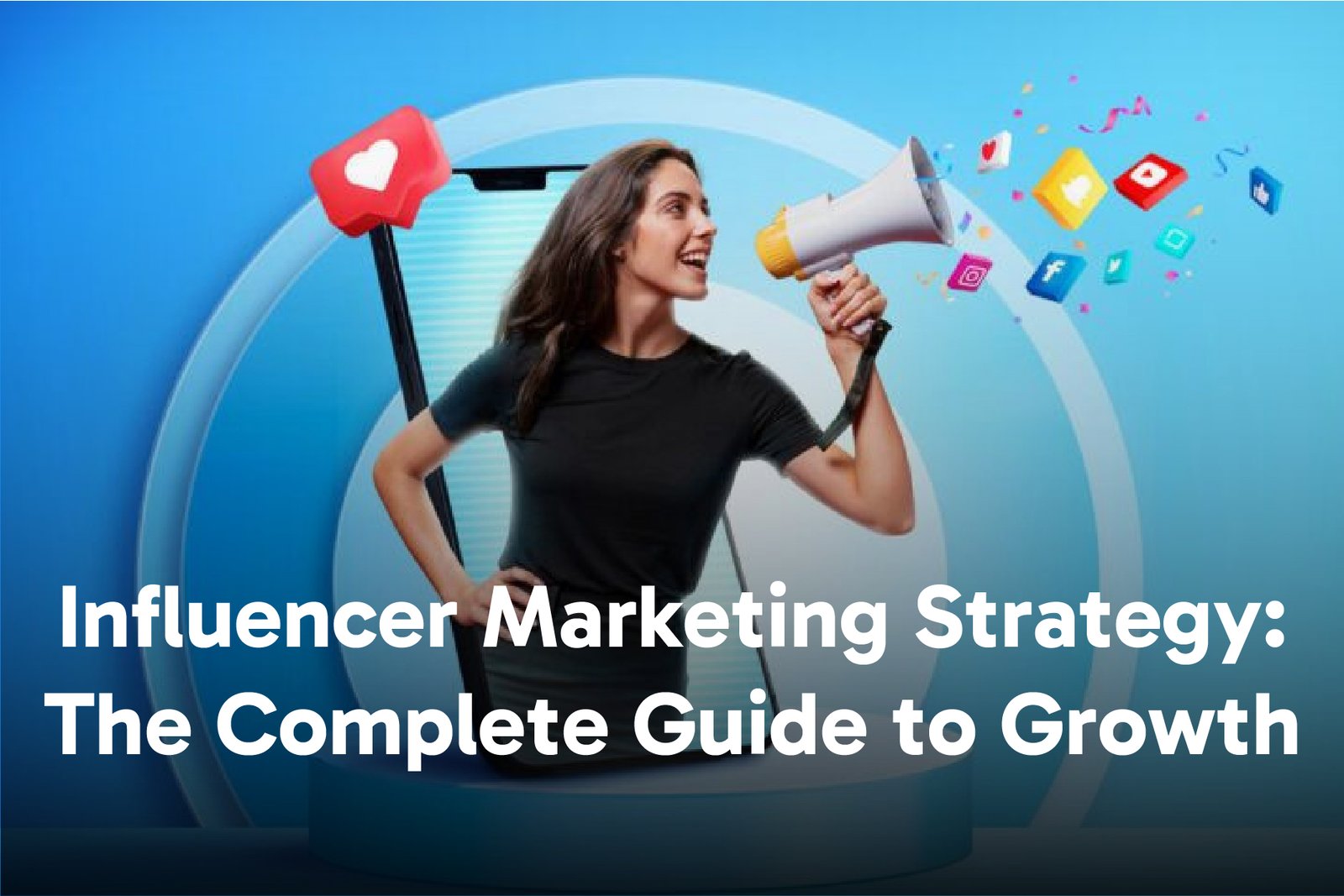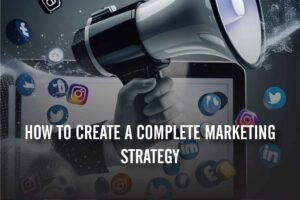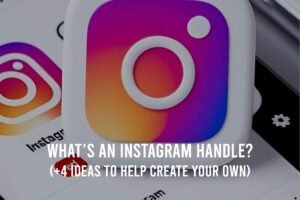As a matter of fact, influencer marketing is no longer a unique concept. However, it is still not something that will go out of style any time soon. Brands have indeed found it to be one of the most effective means to connect with their target audiences. No matter, you are a small business, a startup, or a successful corporation, having an influencer marketing strategy allows you to organically reach the people you want with a message they can trust.
This guide will take you through the workings of influencer marketing strategy, why it is such a powerful tool, and how to build a marketing strategy that achieves real results.
What Is Influencer Marketing?
In its simplest sense, influencer marketing consists of brands being associated with audience-wielding individuals online. These people can be creators on Instagram or others like YouTube, TikTok, LinkedIn, or even niche bloggers and podcasters.
The entire idea is to use the trust that these digital marketing influencers have been equipped with for their audience’s interest. Thus, when an influencer raves about a product or service, it doesn’t sound like an advertisement; it sounds like an endorsement from a friend. That is its brilliance.
Instead of pushing ads on the people who scroll past them, influencer marketing tries to establish a relationship on the first hand.
Why Influencer Marketing Works
Here are a few results that converged influencer marketing toward very rapid growth.
- Trust over Advertising: Consumers are bored with advertising. But they still trust an online followed person. Endorsement of a product by a creator makes it feel more authentic.
- Built-in Targeting: People have been gathered under one audience by influencers. For those who want to sell a product to beauty fans, fitness fans, or tech fans, there is already an influencer who talks to their audience every day.
- Engagement over Reach: Voice with millions of followers, but engagement is often low. A smaller influencer can start converting the pitches with a tight-knit community.
- Cost-effective output: It is cheaper yet produces a better ROI than many of the big influencer marketing campaigns.
Types of Influencers
Different influencers have different appearances. It is necessary to identify how to differentiate one from the other.
- Mega Influencers: These include celebrities and other well-known personalities, whose follower count usually runs to millions and above. Such persons are suitable for brand awareness, but very expensive and a bit indirect.
- Macro influencers: This refers to well-known creators with followers between 100k and 1M; they mostly reach a wide audience suitable for big campaigns.
- Micro influencers: Having a range of 10,000-100,000 followers, they are really affordable and very authentic; they generally have high engagement statistics compared to other tiers of influencers.
- Nano influencers: Those below 10 thousand followers have a very small but very attached community
Most businesses can find the perfect match on price and effectiveness with micro and nano influencers.
How to Build Your Influencer Marketing Strategy
Let’s break it down step by step:
1. Have Clear Objectives
Anything you aim to achieve: being recognized by the consumer, web traffic, lead generation, or even direct sales? This goal seems to define everything from selecting a number of influencers to choosing methods to measure.
2. Understand Your Audience
Who’s the target audience? What do they care about? Which platforms do they mostly hang out on? Fashion brands might take great place on Instagram or TikTok, while some conversations may be healthier with the likes of LinkedIn, specifically for a B2B brand.
3. Pick the Right Platforms
Every social media site is unique and has its own unique strengths. For example, align the kind of content you are willing to share with the audience and platform. Let’s discuss each platform:
- Instagram: This platform, which prioritizes visuals, is best suited for lifestyle, fashion, food, travel, and beauty. Therefore, it is not worth displaying on Instagram if your product does not appear good in pictures or short videos.
- YouTube: It is the best platform for long-form content such as explainer videos, product reviews, unboxings, and tutorials. It’s perfect for proving value because people come here prepared to study or go deeper.
- TikTok: A repository of very short, imaginative, trend-based videos. It is a great tool for fast storytelling, challenges, and viral campaigns that quickly catch the eye. If your brand is fun and experimental, then definitely TikTok.
- LinkedIn: It all comes down to corporations and specialists. Therefore, thought leadership and industry-focused content are essential for any B2B company. It’s a terrific one for you if you’re trying to develop authority or sell services.
Note: Don’t wear yourself too thin trying to stretch your influence to every channel. Rather, focus your energies where the audience prefers to spend its time. Nothing quite outlives a focused presence on one or two platforms than a scattered presence everywhere.
4. Find the Right Influencers
When it comes to utilizing influencers, follower counts are not where it’s at. Look for objective indicators such as:
- Engagement rates (likes, comments, shares).
- Audience demographics (do they fall within your target customers?).
- Style and tone (does the type of content fit your brand?).
- Authenticity (are they convinced of what they are pushing?).
Tools such as Aspire and Upfluence, or just searching hashtags manually, could be your way through.
5. Decide on Collaboration Type
How will you work with influencers? Some common approaches:
- Sponsored posts: Pay influencers to talk about your products.
- Product reviews or unboxings: Send products for free in exchange for authentic reviews.
- Giveaways: Work with the influencers to host competitions.
- Affiliate partnerships: Influencers earn a commission for each sale.
- Brand ambassador: Long-term association leads to consistency.
6. Plan Your Budget Wisely
Costs vary significantly. Some influencers will accept products as payment, while others charge thousands per post. Budget planning should be done in advance, especially understanding that micro and nano influencers can often provide a great ROI.
7. Give Creative Freedom
Usually, an influencer does know the audience better than the marketer does. Let the influencer create the content in his or her own style, but do give some guidelines: hashtags, messages, or relevant posting dates. People will know when something is forced, and when it is not, it will really look phony.
8. Track Performance
You should measure your success using exact criteria:
- Reach and impressions.
- Engagement rates.
- Website traffic-through tracking links.
- Conversions and sales.
This will help you better see the efforts that would be to your advantage in improving future marketing campaigns.
Mistakes to Avoid
Even a brilliant plan sometimes goes wrong. Watch out for these foundation mistakes:
- Concentrating just on the follower count: Engagement matters more than audience size.
- Ignoring research: Not every influencer would fill the bill for the brand. Check out who fits who.
- Point-in-time campaigning: Long-term relationships build stronger trust.
- Too overbearing: Over-scripted posts feel inauthentic.
Trends in Influencer Marketing
With time and advancement, every trend changes really fast. Here are some trends that are currently “in” in marketing:
- High rise on micro and nano influencers: Real over reach; brands can appreciate it more.
- Dominance of short-form video content: TikTok, Instagram Reels, and YouTube Shorts have been producing results.
- AI-backed influencer discovery: Tools have also been made easier to come up with a match for you.
- Performance-based models: Influencers are being paid in accordance with sales or leads, not just by posting fees.
How to Get Started
If by any chance you’re wondering how best to proceed, small beginnings would surely be the way to go. Choose a single platform, a single campaign, and a handful of influencers. See what works, measure that, and scale from there. Do remember that influencer marketing isn’t only for the big ones. A local business may collaborate with a nano influencer in its city and see great results.
For additional assistance, Cognitive IT Solutions offers digital marketing services for influencer strategy that help brands grow with confidence.
Final Thoughts
The influencer marketing guide says that it is based on relationships, authenticity, and trust. If executed right, it will convert followers into customers and customers into passionate fans. All one really needs is a clear goal for the strategy, the right influencers, and really authentic content.
Small beginnings make for small learning in gradual improvement, leading towards building relationships that expand over time. That’s how to create an influential marketing strategy that does not just achieve “likes” but results.
Frequently Asked Questions (FAQs)
What are the 4 M’s of influencer marketing?
The four M’s stand for Make, Manage, Monitor, and Measure. In other words, plan, coordinate, oversee, and evaluate your promotional activities.
What are the 3 R’s of influencer marketing?
The three R’s include Reach, Relevance, and Resonance. Reach refers to the number of people connected, hence it is important. Relevance: To what extent can audience demographics be said to be close to the influencer’s crowd, and finally, resonance determines the level of impact and engagement.
What are the 4 types of influencers?
The four main types are nano, micro, macro, and mega. Incredibly small following, very loyal followers, nanos. Micros have higher so-called authenticity and a better follower interaction rate. Macros provide a huge audience and generate more than average reach, but of course, megas are celebrities and thus provide huge reach at very low interaction.
What is influencer marketing?
If you are wondering “how to influence for marketing,” Influencer marketing occurs when brands team up with an individual with an online follower base to promote brands or services. Optimizing influencer marketing strategies works primarily because, unlike traditional advertising, this audience is more likely to trust the influencer, thus the message is perceived as genuine in their minds.










